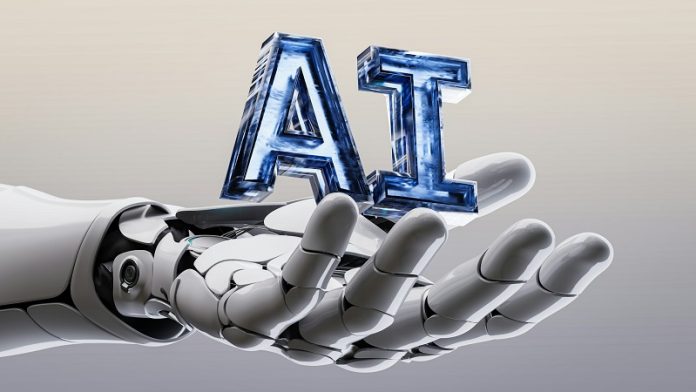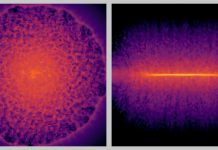
Mathematics has always been known for its precision and logic. Now, researchers are using its power to unlock the secrets of artificial intelligence (AI).
At Pacific Northwest National Laboratory (PNNL), mathematicians are diving into the complexities of AI to understand how these systems work, improve their performance, and even solve challenging math problems.
Henry Kvinge, a mathematician at PNNL, explains that math plays three key roles in the development of AI. First, it helps researchers understand what is happening inside AI models.
AI often works like a “black box,” where it makes decisions without revealing exactly how it came to those conclusions.
By applying mathematical principles, researchers can open that black box to see if the decisions are based on good logic or if the model is making mistakes.
Recently, Kvinge wrote about how mathematical concepts like curvature, shape, and symmetry can be used to analyze how well an AI model is performing.
The second role of math is to inspire the design of new AI systems. When developers create AI models, they often talk about a “loss landscape,” which looks like mountains and valleys. The goal during training is to get the model to settle into a low, wide valley—representing a strong, well-trained model.
Mathematical ideas like symmetry and curvature help guide the model into these optimal spots, speeding up the learning process and using less computer power.
The third role of math is perhaps the most surprising: AI is now helping solve complex math problems.
Kvinge and his team recently showed that an AI model could rediscover a tough result in algebraic combinatorics—a branch of mathematics. By setting up the problem in a way that allowed them to look inside the model’s decision-making process, they saw how the AI arrived at the solution.
This kind of reverse engineering is still rare because it takes special skills to understand the logic behind deep-learning models.
This breakthrough is part of a larger effort at PNNL called Mathematics for Artificial Reasoning in Science (MARS).
The success of the algebraic combinatorics project has opened the door for more ambitious goals.
Kvinge and his colleagues are now focusing on a new project called Generative AI: Foundations for the Future. This project will explore how ideas from topology, algebra, and geometry can help solve big challenges in data science.
Kvinge believes that mathematicians and engineers need to work closely to unlock AI’s full potential. While engineers focus on building and testing AI models, mathematicians can provide the theoretical insights to make these models more reliable and efficient.
This teamwork is crucial because AI models sometimes learn the wrong things if the data is not perfect. For example, if the data is collected in a biased way, the AI might learn incorrect patterns—like a student finding a shortcut to pass a test without really understanding the material.
To catch these problems, researchers need math to dig deep into the AI’s logic. This detective work helps make sure that AI is not just producing answers, but producing correct and trustworthy ones.
Kvinge and his team are committed to this challenge, and their work is set to continue as they push the boundaries of what AI and mathematics can achieve together.
Mathematics may seem abstract and theoretical, but its role in AI is becoming clearer and more important.
By understanding and improving AI through math, researchers are not only making AI smarter but also more reliable, bringing us closer to a future where we can fully trust the machines that help us solve problems.



